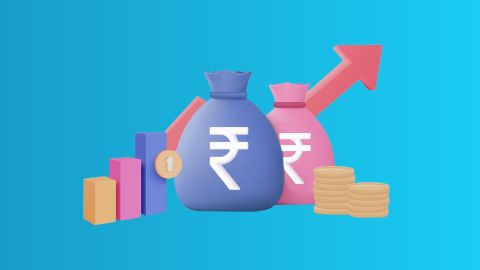The Central Goods and Services Tax (CGST) Act governs the levy and collection of tax on intra-state supply of goods and services in India. It ensures uniformity in tax rates and seamless flow of input tax credit across states. Businesses must understand the features of GST to comply effectively with tax regulations and leverage available benefits.
What is Section 16 (4) of the CGST Act?
Section 16 (4) of the CGST Act stipulates that a registered person cannot claim Input Tax Credit (ITC) on any invoice or debit note for the supply of goods or services after the earlier of the following: the due date for filing the return for September of the following financial year, or the actual date of filing the annual return for that financial year. This provision ensures timely claims of ITC, maintaining the integrity of the CGST system. Additionally, businesses should stay aware of issues like the GST site not working to avoid disruptions in ITC claims and compliance.
Challenges of Section 16 (4) of the CGST Act
- Time constraints: The strict deadlines for claiming ITC can result in businesses missing out on credits due to administrative delays.
- Compliance burden: Maintaining accurate records and timely filing returns to meet the deadlines adds to the compliance burden on businesses.
- Financial impact: Inability to claim ITC within the stipulated period can lead to increased costs for businesses, affecting their cash flow and profitability.
- Complexity in reconciliation: Matching invoices and ensuring all credits are claimed within the deadline can be challenging, particularly for businesses with a high volume of transactions.
For businesses in industries such as automobile, understanding GST on cars is crucial to manage tax implications effectively.
Impact of Section 16 (4) of the CGST Act
- Improved compliance: Encourages timely filing of returns, enhancing overall tax compliance.
- Increased administrative efforts: Businesses must invest more in maintaining accurate records and meeting deadlines.
- Cash flow challenges: Delayed ITC claims can strain businesses’ finances, potentially leading to a need for a business loan.
- Risk of penalties: Failure to comply with Section 16 (4) can result in penalties, further increasing the financial burden on businesses.
Entities must also remain aware of provisions like GSTN under PMLA to ensure compliance with other interlinked legal requirements.
Section 16 (4) of CGST Act writ petition
- Legal challenges: Several businesses have filed writ petitions against the stringent deadlines imposed by Section 16 (4).
- Judicial scrutiny: The courts are examining the fairness and practicality of the provision.
- Potential amendments: Depending on the judicial outcomes, there may be recommendations for amendments to the CGST Act.
- Business advocacy: These petitions highlight the concerns of businesses regarding compliance and financial strain.
The unique identification number under GST is another critical aspect that businesses must understand for streamlined compliance and efficient tax management.
Advantages of Section 16 (4) of CGST Act
- Ensures timely ITC claims: Promotes discipline among taxpayers to claim ITC promptly.
- Reduces fraud: Minimises opportunities for claiming ineligible or fraudulent ITC.
- Improves tax administration: Streamlines the process, making it easier for tax authorities to manage and verify claims.
- Encourages better record-keeping: Businesses are incentivised to maintain accurate and up-to-date records.
Conclusion
Section 16 (4) of the CGST Act, while challenging, promotes timely compliance and reduces fraud. On the other hand, it also imposes significant administrative burdens and potential financial strains on businesses. Understanding these impacts and advantages can help businesses navigate compliance more effectively.
Exploring Bajaj Finserv Business Loan
If you are looking to set up or expand your business, consider a Bajaj Finserv Business Loan. Here are some of the key features of that make it an ideal source of funds:
- Rapid disbursement: Funds can be received in as little as 48 hours of approval.
- Simplified application process: Online applications streamline the process, reducing paperwork and saving time.
- High loan amount: Businesses can borrow funds up to Rs. 80 lakh, depending on their needs and qualification.




